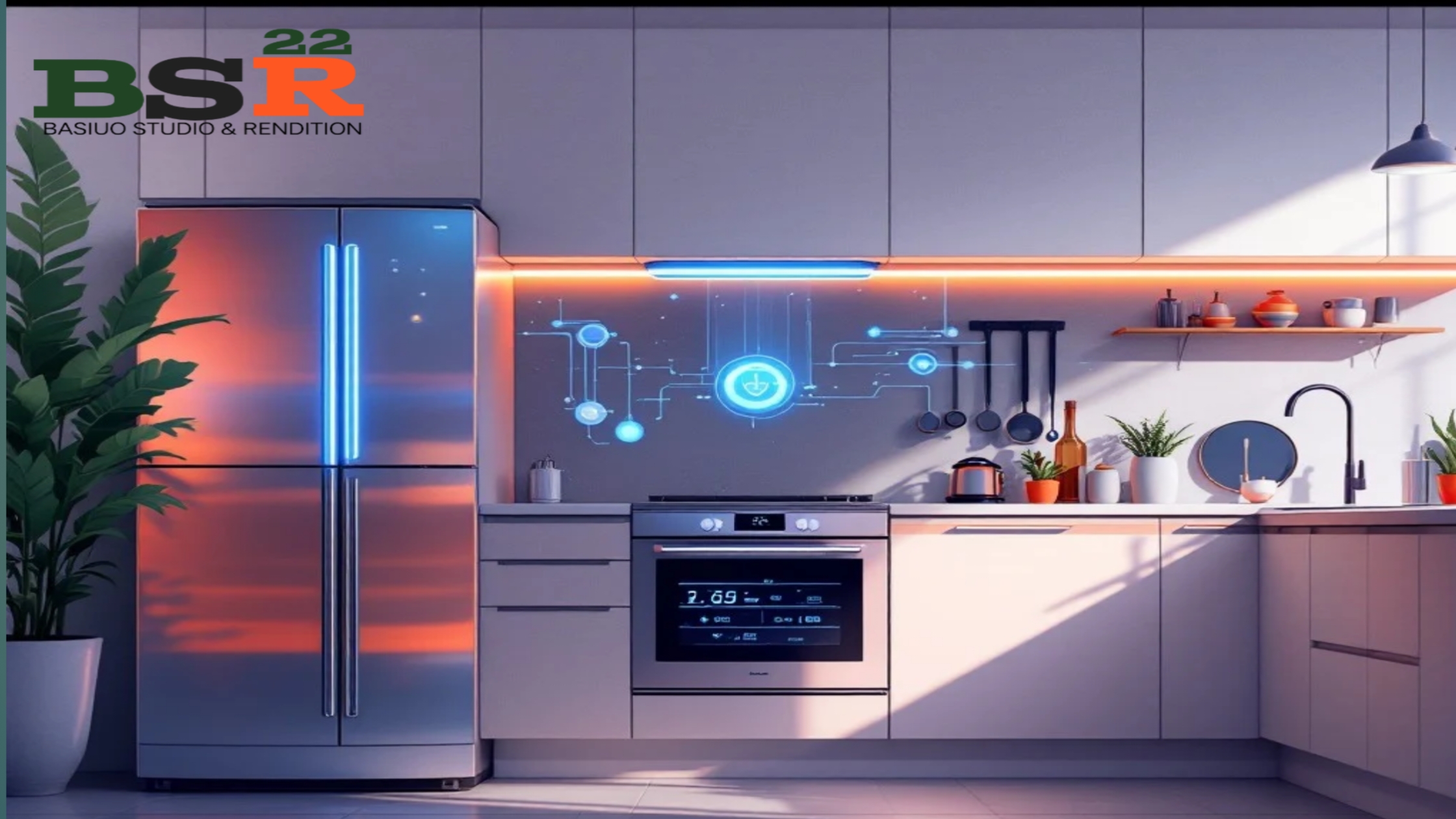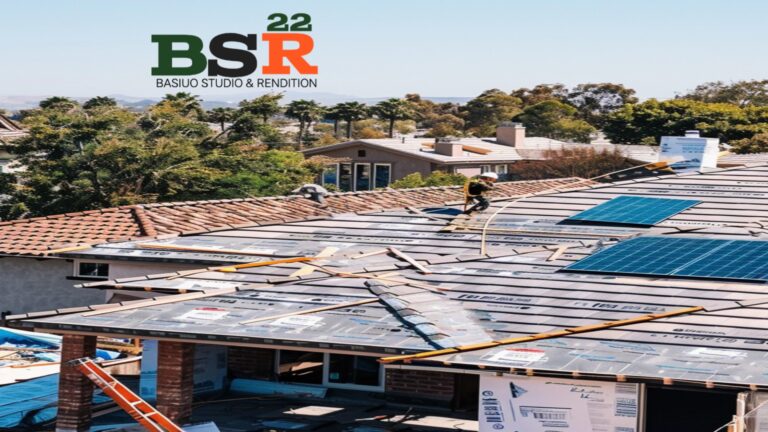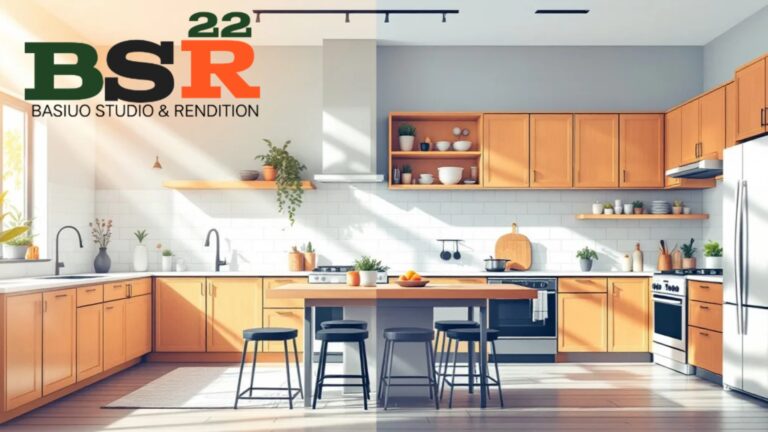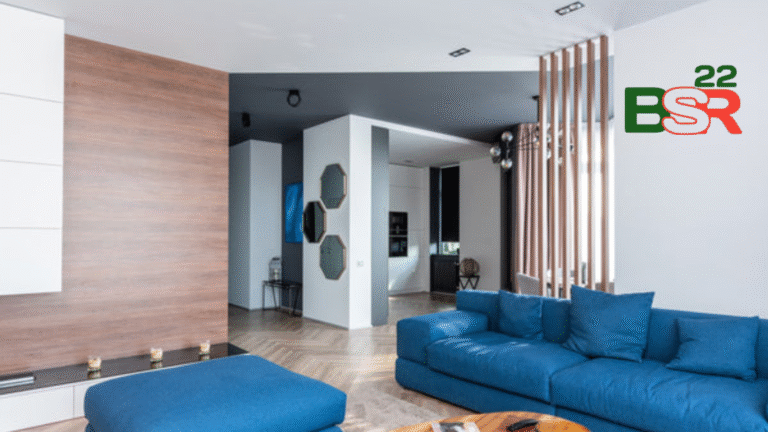
Smart Home Integration: The Future of Modern Living
Introduction
The concept of a smart home has evolved from a futuristic vision into a reality that is reshaping modern living. Homeowners today are increasingly adopting smart systems that control lighting, heating, security, and appliances to enhance convenience, energy efficiency, and safety. The growing popularity of the Internet of Things (IoT) has made it easier than ever to integrate these technologies into homes, creating a seamless and automated living experience.
With the rise of voice assistants, AI-driven automation, and interconnected devices, smart homes are becoming the standard in residential architecture. This article explores smart home integration, its benefits, key components, and how you can incorporate these systems into your home for a more efficient and convenient lifestyle.
What is Smart Home Integration?
Smart home integration refers to the use of connected devices and automation systems that allow homeowners to control various aspects of their homes remotely or automatically. These devices communicate through Wi-Fi, Bluetooth, Zigbee, or Z-Wave networks, enabling centralized control via smartphones, voice assistants, or dedicated control panels.
Smart home systems can manage:
Lighting (smart bulbs, automated dimmers, and motion sensors)
Heating and Cooling (smart thermostats and HVAC automation)
Security (smart locks, surveillance cameras, and alarm systems)
Entertainment (smart TVs, home theaters, and multi-room audio)
Appliances (smart refrigerators, ovens, washing machines, and robotic vacuums)
The integration of AI and machine learning has further enhanced the efficiency of smart homes, allowing systems to learn user preferences and adjust settings automatically.
Key Benefits of Smart Home Integration
1. Enhanced Convenience and Comfort
Smart home technology allows users to control home functions remotely or through voice commands. Imagine turning on the lights, adjusting the thermostat, or locking doors with a single tap on your smartphone or a voice command.
2. Increased Energy Efficiency
Smart homes reduce energy waste by optimizing lighting, heating, and cooling. Smart thermostats adjust temperatures based on occupancy, while motion sensors ensure lights are only on when needed. This leads to lower electricity bills and a smaller carbon footprint.
3. Improved Security and Safety
Smart home security systems offer real-time monitoring, motion detection, and automated alerts. Features like smart door locks, video doorbells, and AI-powered surveillance cameras allow homeowners to monitor and control access to their homes from anywhere.
4. Cost Savings Over Time
Although smart home devices require an initial investment, they reduce utility bills and maintenance costs in the long run. Automated energy savings and predictive maintenance features in smart appliances prevent costly repairs and energy wastage.
5. Seamless Home Automation
AI-driven systems can learn household routines and automate daily tasks. For instance, lights can gradually brighten in the morning to simulate natural sunlight, and thermostats can adjust based on the weather forecast.
6. Better Home Management and Monitoring
Smart home systems track energy consumption, appliance usage, and home security in real-time. This helps homeowners make data-driven decisions to improve efficiency and safety.
Essential Smart Home Components
1. Smart Lighting Systems
Smart bulbs, dimmers, and motion sensors allow homeowners to adjust brightness, color temperature, and on/off schedules using apps or voice assistants. Features include:
Remote control via mobile apps
Automation based on occupancy or time of day
Integration with voice assistants (Alexa, Google Assistant, Siri)
Popular brands: Philips Hue, LIFX, TP-Link Kasa
2. Smart Thermostats and HVAC Control
Smart thermostats learn user preferences and optimize energy consumption. Features include:
Adaptive temperature control based on schedules and occupancy
Integration with weather forecasts
Remote access via mobile apps
Popular brands: Nest Thermostat, Ecobee, Honeywell Home
3. Smart Security Systems
Smart security systems include:
Video doorbells (Ring, Arlo, Nest Hello)
Surveillance cameras with AI motion detection
Smart locks (August, Schlage, Yale)
Alarm systems with remote monitoring
These systems send real-time alerts and allow users to monitor home security remotely.
4. Smart Home Hubs and Voice Assistants
A smart hub connects all smart devices, enabling centralized control. Voice assistants allow hands-free commands for lighting, music, and home automation.
Amazon Echo (Alexa)
Google Nest Hub
Apple HomePod (Siri)
5. Smart Appliances
Modern appliances are now connected to Wi-Fi and AI-driven for efficiency. Examples include:
Smart refrigerators that monitor food inventory
Smart ovens that adjust cooking settings automatically
Robot vacuums (Roomba, Roborock) that clean floors autonomously
6. Home Entertainment and Smart Speakers
Smart TVs with voice control and streaming integration
Multi-room audio systems (Sonos, Bose, Amazon Echo Studio)
Gaming consoles with smart home connectivity
7. Smart Plugs and Power Management
Smart plugs allow users to control traditional devices remotely, reducing energy waste. Features include:
Voice and app control
Energy consumption monitoring
Scheduling automation
Popular brands: TP-Link Kasa, Wemo, Amazon Smart Plug
How to Integrate Smart Home Systems
1. Plan Your Smart Home Ecosystem
Before purchasing devices, decide:
What functions you want to automate (lighting, security, heating, etc.)
Which smart home ecosystem (Google Home, Alexa, Apple HomeKit) you prefer
2. Start with a Smart Hub or Voice Assistant
A smart hub acts as the brain of your smart home, connecting all devices. Popular choices include Amazon Echo, Google Nest Hub, or Apple HomePod.
3. Automate Your Lighting System
Begin with smart bulbs or dimmers that can be controlled via an app or voice commands. Create schedules to automate lighting based on time or occupancy.
4. Upgrade to a Smart Thermostat
Install a Nest or Ecobee thermostat to optimize energy use. These thermostats learn your habits and adjust temperatures automatically for efficiency.
5. Secure Your Home with Smart Locks and Cameras
Enhance security with:
Smart locks for keyless entry
Video doorbells to monitor visitors remotely
Security cameras with AI motion detection
6. Optimize Home Entertainment
Connect your smart TV, speakers, and gaming consoles to your smart home system for seamless entertainment automation.
7. Use Smart Plugs for Appliance Control
Smart plugs allow you to convert traditional appliances into smart devices by enabling remote control and automation.
8. Expand with Smart Sensors and AI Automation
For a fully automated home, integrate:
Motion and occupancy sensors
Leak detection sensors for plumbing
AI-driven automation that adapts to user preferences
The Future of Smart Homes
The future of smart home integration is expected to bring even more advanced AI, automation, and sustainability features. Emerging trends include:
1. AI-Powered Home Automation
Smart homes will increasingly rely on AI to predict user behavior and automate tasks proactively.
2. Integration with Renewable Energy
More homes will integrate solar panels, battery storage, and energy-efficient smart grids for self-sustaining energy management.
3. Smart Health Monitoring
Wearable devices and home sensors will track air quality, sleep patterns, and health metrics for personalized well-being.
4. Voice and Gesture Control
Homes will use gesture recognition and natural language processing for seamless interaction without screens.
Conclusion
Smart home integration is revolutionizing modern living by enhancing convenience, security, and energy efficiency. With devices that learn user preferences and automate everyday tasks, homeowners can enjoy a comfortable, cost-effective, and connected lifestyle.
Whether you are starting small with smart lighting or fully automating your home, smart home integration is the key to a more efficient and futuristic living experience.
Are you ready to transform your home with smart technology? Let’s build a smarter, safer, and more sustainable future together!






